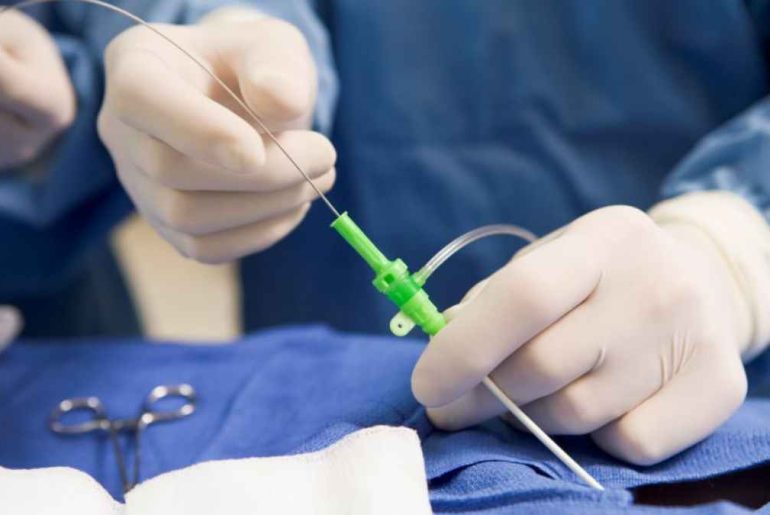Cardiac catheterization is used to identify and treat heart and blood vessel disorders. The treatment takes around 30 minutes, but the preparation and recovery period adds several hours to your appointment time (five to nine hours or longer). You should prepare to be spending the entire day at the hospital for the Tomball cardiac catheterization procedure. Moreover, it may take a few hours if your doctors decide to perform an intervention, such as an angioplasty.
An overview of cardiac catheterization
Cardiologists, or heart experts, utilize cardiac catheterization to check heart function and detect cardiovascular diseases. A catheter, a long, thin tube, is positioned into an artery or vein in your upper thigh, neck, or arm during cardiac catheterization. This catheter is inserted into your blood artery and guided to your heart. Your physician can use the catheter to perform diagnostic examinations once it is in place. A dye, for example, can be injected through the catheter, allowing your doctor to view the veins and chambers of your heart using X-ray equipment. Cardiac catheterization is often conducted in a hospital by a cardiologist specializing in the technique, with the support of a staff of medical specialists.
How does cardiac catheterization work
Your provider inserts specific equipment, such as a catheter (a small, specially designed tube), into a blood vessel (artery or vein) using a needle. This can be done in the arm, the neck, or the leg. The contrast material is then injected through the catheter, and X-ray pictures (coronary angiogram or coronary angiography) are created while the contrast material passes through your heart’s chambers, valves, and central veins. The digital photos of the contrast material enable your doctor to determine the location of the coronary artery constriction or blockage, examine the size and form of heart chambers or blood arteries, and detect abnormal leaks or holes.
Recovering after a cardiac catheterization
· Drink plenty of beverages to flush the contrast substance from your system. You might need to pee more frequently. This is typical. You will also require to use a bedpan or urinal if you are on bed rest.
· Your provider will inform you if you may return home or must stay overnight. In any event, you will be monitored for several hours following the treatment.
· Your doctor will discuss the treatment before you leave, including drugs, food, and potential operations. They will also discuss wound care, activities, and follow-up treatment.
In conclusion
Cardiac catheterization is a rapid and low-risk procedure. In many circumstances, you will be able to go home the same day. It is critical to follow your doctor’s recommendations for preparing for treatment and aftercare. Inform your specialist if you have any queries or notice any strange symptoms. Often, your physician will be able to talk about the outcomes of your catheterization with you shortly after it has been finished. The findings of a biopsy may take a bit longer. Additionally, your doctor may prescribe additional therapy or treatments based on the results.
A cardiac catheterization gives critical information that your healthcare physician can utilize to choose the best therapy for you. If your provider discovers coronary artery disease, you can improve your health by eating healthier meals and exercising more. Maintain your follow-up meetings with your provider and continue taking your medications. Call Cardiovascular Institute, P.A. to schedule your appointment today to determine whether cardiac catheterization is ideal for you.

